Vitra
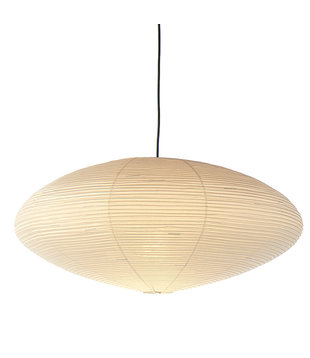
The Vitra Akari lamps are handcrafted from bamboo ribs and slightly translucent washi paper made from the inner bark of the mulberry tree.
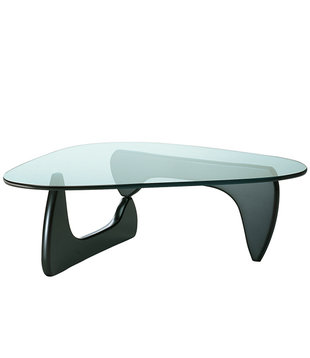
The iconic table is built on two identical wooden elements, which support the rounded tabletop made of thick, durable glass.

The iconic Vitra table is built on two identical wooden elements, which support the rounded tabletop made of thick, durable glass.
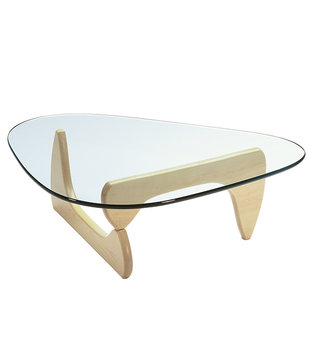
The iconic table is built on two identical wooden elements, which support the rounded tabletop made of thick, durable glass.
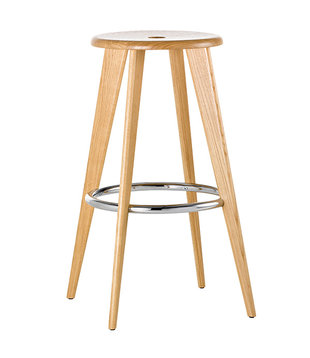
In close collaboration with the Prouvé family, Vitra started reissuing designs by this great French manufacturer in 2002, including this bar stool.
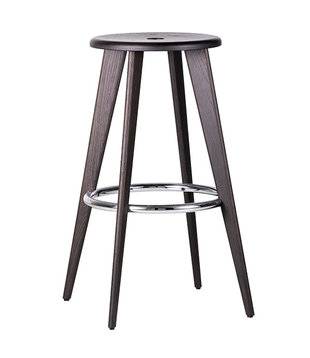
In close collaboration with the Prouvé family, Vitra started reissuing designs by this great French manufacturer in 2002, including this bar stool.
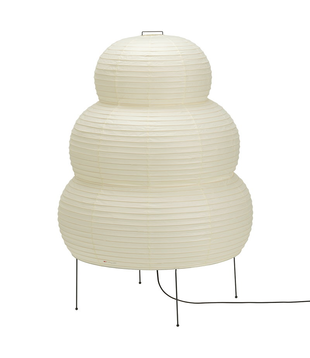
Thanks to the special shoji paper of which the Vitra lamp is made, the cold light from the light source is converted into a beautiful, warm light.
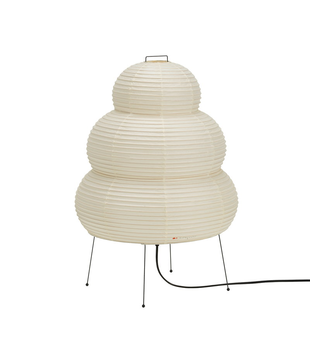
Thanks to the special shoji paper of which the lamp is made, the cold light from the light source is converted into a beautiful, warm light.

This elegant Vitra wooden elephant looks great in the modern living room, a classic design from 1945, now available in a limited edition.
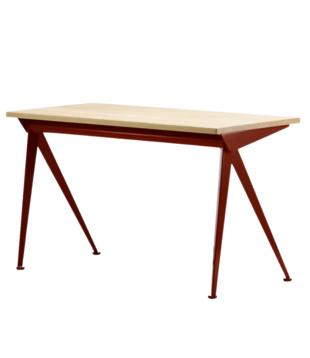
This airy and industrial looking Vitra desk designed in 1953 by Jean Prouvé is particularly good to combine with a variety of chairs. The desk table is made of powder coated steel legs and a natural oak table top.
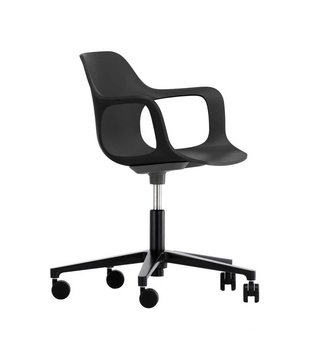
The Vitra Hal studio office chair consists of a polypropylene seat and an aluminum frame finished with a basic dark powder coating.
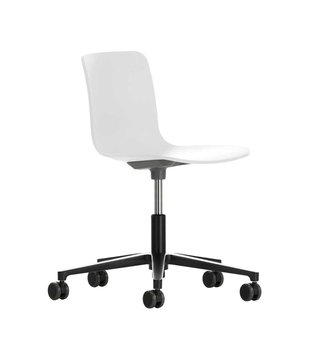
The Vitra Hal Ply office chair consists of a polypropylene seat and an aluminum frame finished with a basic dark powder coating.

The Vitra Guéridon coffee table, a design by Jean Prouvé, was designed for the University of Paris and is a textbook example of a transparent construction.

The iconic Vitra Panton chair is one of the best-known classics of modern furniture design. Designed in 1960 and still looking modern today with it's fluid lines.

The timeless Vitra Eames Wire Chair DKX is a design by Charles & Ray Eames. Available in a chromed version or powder coated version for outdoor use.
Vitra
A family business for eighty years, Vitra believes in lasting relationships with customers, employees and designers, durable products, sustainable growth and the power of good design.
The Swiss Vitra has been producing beautiful and iconic chairs, tables, lamps and home accessories for private homes as well as offices and public spaces since the 1950s. The strength of the brand lies in the products designed by the world's most renowned designers such as Charles and Ray Eames, Verner Panton, Jean Prouvé, Hella Jongerius, the Bouroullec brothers and many others. Together with them, they make high-quality design furniture with an eye for sustainability and innovation. Vitra already has many design classics to its name, such as the very popular Eames Loungechair and the Eames Plastic Chairs. The collaboration between Vitra and Ray and Charles Eames in the 1940s/50s was therefore a golden opportunity.
The Vitra Chairs:
Vitra is well known for its chair collection. For example, there is the Panton Chair, DSW, DAR, DAW and the DSR series, all very specific and iconic by now.
The Vitra tables:
There are dining side tables and coffee tables, most designed by Charles & Ray Eames. But the tables of the other designers are also very well known, such as the coffee table by the designer Isamu Noguchi. this table has a sculptural organic shape and a ditto glass table top.
Vitra Lamps:
Then you immediately think of the Akari collection, which consists of no less than 55 versions, this series was designed by Isamu Noguchi. The series consists of floor lamps, pendant lamps and table lamps. All these lamps are still made by hand from shoji paper and therefore beautifully traditionally filtered, creating a warm glow and a pleasant atmosphere.
Vitra Clocks
All Vitra clocks are designed by George Nelson, a well-known designer from the United States. Today, the studio of designer George Nelson is considered one of the founders of American modernism and one of the most influential American furniture designers of the 1950s. Nelson was active as a designer, graphic artist, architect, exhibition organizer, design manager and design promoter. A design critic and theorist, he is also the author of a number of books 'Tomorrow's House' (1947), 'Problems of Design' (1957), 'How to see' (1977), 'On Design' (1979), and a special rich journalistic body of work that has influenced the international approach to design and architecture for decades.












